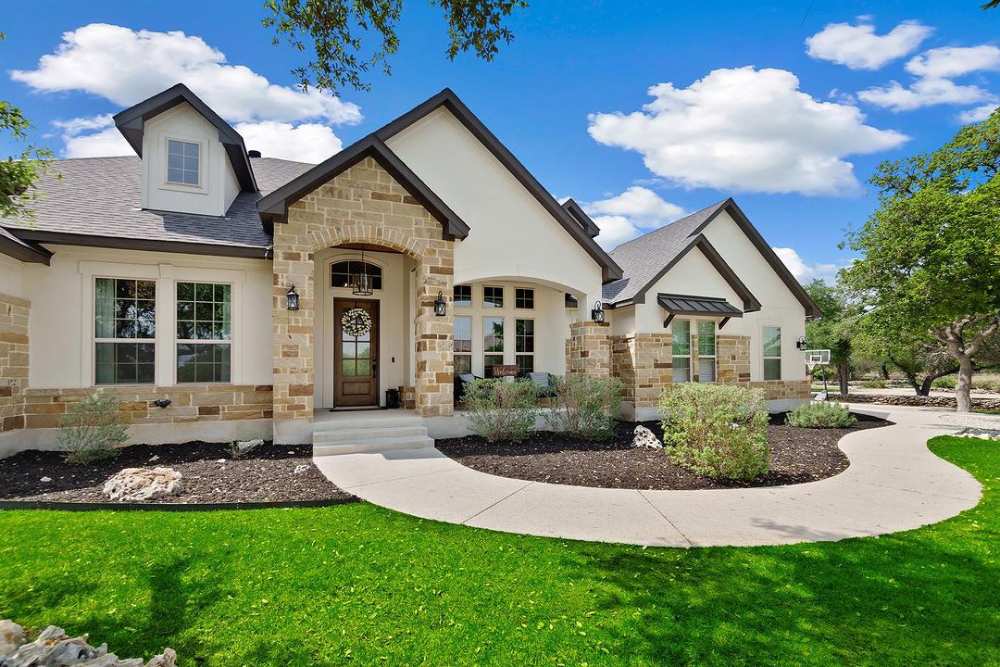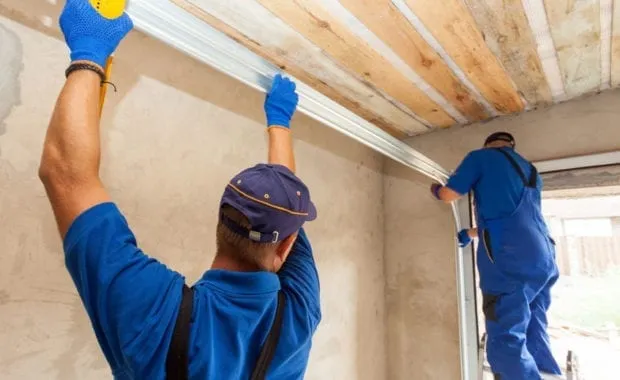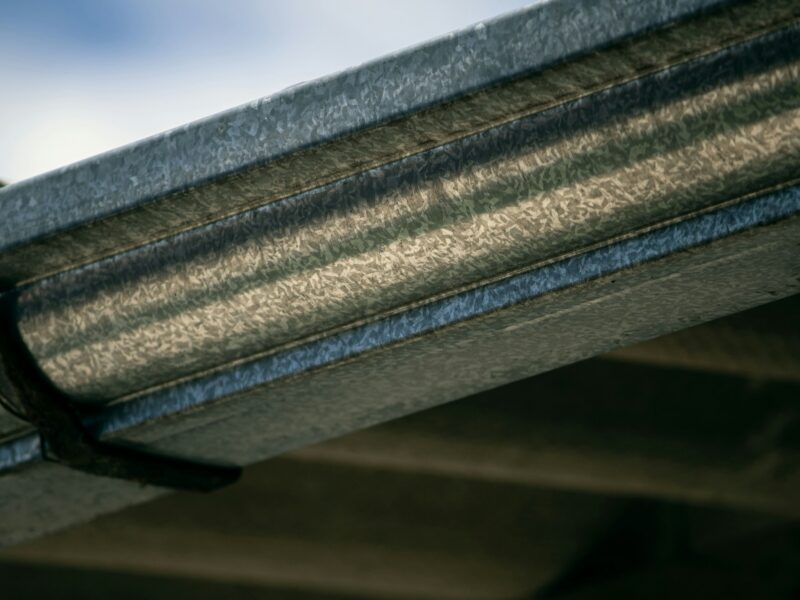Energy-efficient windows not only lower your monthly utility bills but also enhance interior comfort and increase your property’s overall appeal. Upgrading your windows may seem like a major investment, but the long-term gains come in the form of reduced energy consumption, increased home insulation, and a pleasant indoor climate year-round. From selecting the right glazing options to understanding energy ratings, learning what makes a window truly efficient helps in making the best decision for your property. Insulated windows and their impact on comfort
Insulated windows play a significant role in keeping indoor spaces cozy during cold weather and preventing uncomfortable heat buildup during summer. By limiting heat transfer from inside to outside, they reduce the need to constantly adjust your thermostat. This means real energy savings over the long haul. The role of double glazing
Double glazing is a popular approach to improving a window’s thermal insulation. Two panes of glass, separated by a gap filled with air or a special gas like argon, can lead to remarkable home improvement results. This design prevents heat from escaping and helps maintain stable indoor temperatures. If you want a more advanced option, triple glazing adds an extra layer but may not always be necessary depending on your local climate. Low-emissivity glass options
Low-emissivity glass, sometimes called low-E glass, uses transparent coatings to reflect radiant heat. This helps rooms feel cooler in the summer and warmer in the winter, while still letting in plenty of natural light. Low-emissivity glass also reduces solar heat gain, making it ideal for homes located in regions with strong sunlight. When selecting these coatings, be sure to check the window’s u-value to get an idea of how effectively it resists heat flow. Window installation methods for air leakage reduction
The most advanced window technology in the world won’t help if your new fixtures are poorly installed. Proper window installation techniques ensure airtight seals and maximum thermal performance. Even small gaps around the frame can lead to significant heat loss or gain, negating the benefits of your insulated windows. Key considerations for airtight seals
Using the right window frame materials is essential for minimizing air leakage. Vinyl, fiberglass, and even well-maintained wood frames can be effective if installed correctly and paired with quality weatherstripping. Before choosing a frame, pay attention to the local climate and how different materials respond to humidity or temperature changes. In colder areas, fiberglass frames can offer superior thermal insulation performance, while vinyl frames maintain durability in milder climates. Draft prevention benefits
Draft prevention doesn’t just improve comfort; it also helps with energy savings. A well-sealed window reduces the need for constant heating or cooling, cutting down on utility bills. Beyond that, draft-free spaces keep dust and allergens out, contributing to better indoor air quality. Adding these benefits together makes energy-efficient windows a wise choice that can substantially boost your home’s quality of life. Maximizing thermal performance with low-E glass and argon fills
Windows with low-E coatings can reflect up to 70% of solar heat, helping you maintain a comfortable interior temperature. However, the performance can be enhanced even further by filling the space between glass panes with argon or another inert gas. Argon-filled windows slow down heat transfer and can significantly increase the window’s insulating capabilities. Heat transfer reduction with advanced glazing
Modern glazing options typically incorporate multiple layers of glass, making it much harder for heat to flow through. Pairing low-E coatings with argon-filled windows keeps warmth trapped inside a home during winter and helps keep interiors cooler in summer. This synergy leads to a more consistent temperature and ultimately slashes your heating and cooling expenses. Addressing UV protection and fading
One added perk of these advanced coatings is UV protection. Harsh sunlight can fade carpets, furniture, and drapes over time. Low-E coatings filter out a major portion of harmful rays, extending the life of your interior décor. This not only maintains your home’s aesthetic appeal but also saves you money by minimizing the need to replace damaged items sooner than necessary. How energy ratings guide your window selection
Energy ratings are a handy tool when comparing different replacement windows. The National Fenestration Rating Council (NFRC) issues labels that detail the window’s performance with metrics such as U-Factor, Solar Heat Gain Coefficient (SHGC), and Visible Transmittance (VT). By reviewing these details, you can choose windows that strike the best balance between efficiency and natural light. Interpreting performance labels
• U-Factor: Tells you how well a window prevents heat from escaping. Lower numbers indicate better insulation. • Solar Heat Gain Coefficient (SHGC): Measures how effectively a window blocks incoming solar heat. A lower SHGC is beneficial in hotter climates, while a slightly higher SHGC can help retain warmth in colder regions. • Visible Transmittance (VT): Indicates how much light the glass lets in. A high VT cranks up daylighting, reducing the need for artificial lighting during daytime hours. When you understand these numbers, it becomes easier to find an option that will deliver potential energy savings without sacrificing the natural brightness of your interior. Soundproof windows and added property value
Some energy-efficient windows also double as soundproof windows, especially those with thicker glass or additional layers. If you reside in a bustling neighborhood or near a busy street, investing in soundproof windows enhances privacy and peace of mind. The combination of quieter indoor spaces and better climate control makes your property more appealing to future buyers, increasing its market value. Balancing cost and benefit
While advanced acoustic features can drive up the initial cost, the return on investment is often worth it. Noise pollution can be a deal-breaker for some, so having windows that mitigate this concern may speed up a home sale or justify a higher asking price. If you want to make your home truly attractive in a competitive market, consider upgrading to climate control windows that address both temperature and noise challenges. Eco-friendly windows and sustainable building practices
Opting for eco-friendly windows aligns with sustainable building efforts. Many modern window frame materials are produced with low environmental impact or come from renewable resources. By choosing windows that help reduce energy consumption, you’re playing a part in curbing carbon emissions associated with excessive heating and cooling. Window retrofitting for old frames
If your home features older frames that offer historical charm, replacement may not always be the answer. Instead, window retrofitting can enhance thermal insulation while preserving original architectural details. Installing double glazing or low-emissivity glass in existing frames might require some customization, but it’s a worthwhile project for those who want to combine sustainability with heritage aesthetics. The ripple effect of sustainable building materials
Sustainable building goes beyond just window replacements. It’s about selecting resources that minimize harm to the environment, from production to installation. By choosing windows that incorporate recycled materials and high-quality components, you can ensure longevity and reduce waste over time. Pairing these windows with other energy-efficient features—such as improved home insulation and airtight seals around doors—creates a comprehensive approach to lowering overall energy usage. Tips for evaluating replacement windows
It’s crucial to consider factors like your local climate, long-term durability, and brand reputation when evaluating replacement windows. Not all models are created equal, and paying close attention to product specifications helps avoid poor investments. Here are a few pointers to keep in mind, while still maintaining variety in your window choices:
Checking warranties and certifications
Many manufacturers offer warranties that cover defects in materials or workmanship for years after installation. Always inquire about these guarantees, and look for windows certified by programs like ENERGY STAR. These windows meet certain thresholds for energy performance ratings that often translate into real-world energy savings. Scheduling energy audits
It can be beneficial to undergo energy audits before any major upgrades to measure how much heat is lost through existing windows. This process involves a professional assessor who identifies weak areas in insulation and suggests targeted solutions such as low-E glass, argon fills, or better climatic adaptations for your particular region. By understanding where your home currently stands, you’ll have a clearer idea of the features you need most in your new or retrofitted windows. Enhancing curb appeal with modern glazing options
Apart from thefunctional aspect, newer glazing options can contribute significantly to the visual appeal of your property. Large, clear panes framed by attractive materials elevate the home’s exterior. On the inside, a well-chosen window style can brighten rooms and emphasize a spacious, airy feel. Daylighting advantages
Daylighting is more than a trendy buzzword. Having ample natural light shining through can transform spaces, making them more inviting and uplifting. With high-performance window coatings, you don’t have to fret about excessive solar gain or furniture fading. You’ll enjoy the glow of the outdoors without the drawbacks of harsh, direct sunlight. Coordinating window styles with aesthetics
Use shapes and designs that complement the architecture of your home. Bay windows can bring in abundant daylight in living areas, while smaller awning windows might be ideal for utility rooms. By selecting styles that match both functional needs and your home’s design language, you create a unified look that resonates with potential buyers and house guests alike. Air leakage reduction for energy-efficient homes
Modern building codes emphasize air leakage reduction strategies, and installing airtight windows is a major part of achieving those standards. When less conditioned air leaks outside, your heating and cooling systems don’t have to run as often, which prolongs their lifespan and cuts down on energy bills. Spotting hidden gaps
One way to see if your windows are well-sealed is to feel around the frames for drafts, especially on breezy days. You might also conduct a smoke test, using a lit incense stick near the window edges to detect any unexpected airflow. If you discover leaks, simple remedies like resealing or adding fresh weatherstripping might help temporarily, but more comprehensive solutions could involve full window replacement or window retrofitting. Long-term maintenance
Keeping energy-efficient windows in top shape demands occasional care. Clean the glass and frames regularly, and inspect seals for signs of wear or damage. Replacing worn-out weatherstripping or resealing small cracks can maintain a snug fit over time. These basic upkeep steps safeguard your investment and ensure you continue reaping the benefits of eco-friendly windows. Solar heat gain and smart windows
In regions with intense sunlight, controlling solar heat gain is essential. Some modern windows incorporate smart window technology that automatically adjusts transparency levels. They become tinted on bright days and revert to clear when cloud cover arrives. While still a developing market, these smart windows could shape the future of climate control and energy efficiency in residential construction. Considering cost vs. innovation
Smart windows can be pricey, so it’s worth analyzing how much you’ll benefit from the technology. If your home experiences severe heat during summer or if you’re looking for the latest in cutting-edge sustainable building, then these windows could be an appealing feature. However, if your climate remains moderate most of the year, simpler forms of low-E coatings and strategic shading may be enough to achieve satisfactory comfort and efficiency. Adding value through smart choices
Carefully selecting windows that address your home’s vulnerabilities can substantially enhance its resale value, comfort, and overall sustainability. Modern designs offer more than energy efficiency. They can reduce noise pollution, protect interiors from UV rays, and amplify natural light while controlling unwanted thermal gains. When you look at your home holistically—considering the local environment, existing insulation levels, and personal style preferences—you’ll find options that fit both your budget and your vision. With the right combination of low-E glass, airtight frames, and thoughtful installation, you can transform an average living space into an energy-efficient haven that pays dividends for years to come.



